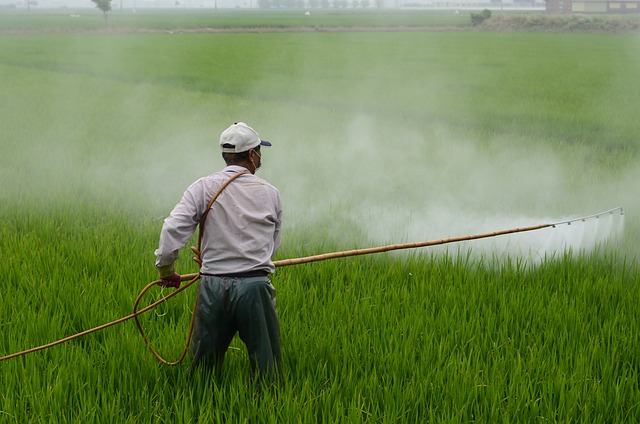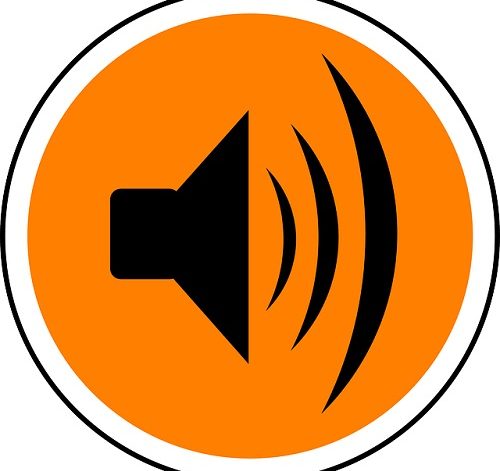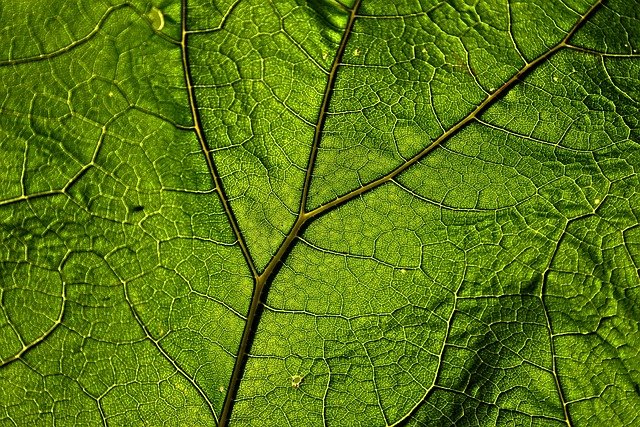Introduction: What are Pesticides? How many Types of Pesticides are there?
Pesticides are the chemicals manufactured and used for the purpose of killing pests- any animal, plant or organism that harms the crops and human health and are unwanted.
Pesticides are of 4 types: Fungicides, Insecticides, Herbicides and Rodenticides. There are some others as well that are used to kill specific organisms like Mollusca/Mollusks- snails, slugs etc. Those are called Molluscicides.
Fungicides are used to kill toxic and poisonous fungi, Insecticides as the name indicates is used for killing all sorts of invertebrate organisms including arthropods, arachnids etc. Herbicides are used to kill competitive plants, shrubs and weeds, and lastly, the Rodenticides are used for any small indoor or outdoor animals or rodents like cockroaches, rats, mosquitoes etc.
Different sort of Pesticides are widely used for different kinds or pests and purposes around the world. They are used to increase the yield of crops, maintaining healthy farm or crop conditions, to kill potential disease carrying insect vectors, prevent insect infestation and spread of disease among crops. However, if these are not handled and used with care, they can be very harmful and poisonous to humans as well as cause long term and far reaching impacts on the environment.
Check out: Sustainable Agriculture Practices and their Advantages and What is Agroecology? Importance and Impact on Environment
IMPACTS OF PESTICIDES ON HUMAN HEALTH AND ENVIRONMENT:
Some of the impacts of Pesticide use are outlined briefly below:
- Eye/Skin Contact or Inhalation: As pesticides were primarily developed for the purpose of disease resistance and crop protection in agriculture, unsurprisingly farmers in rural areas are most at risk due to the improper use of pesticides. As pesticides are sprayed on crops through a nozzle, a mist is created which, if the user is not wearing proper mask, eye goggles and other protective equipment, can lead to stinging, allergic reactions, chemical burns and even systemic toxicity, disruption of the hormonal function, respiratory irritation and neurotoxicity. Read: Occupational Health Risks and Hazards Related to Agriculture
- Soil Pollution: When pesticides are applied on the soil, they leave behind a residue that can contaminate the soil with the harmful chemicals and which can be taken up by the roots of the plants and thus enter the food chain where it can neurodevelopmental problems, birth defects, vitamin or mineral deficiency particularly in women. They also effect soil fertility and health.

- Air Pollution: As the mist is sprayed on the crops, not all of it falls down, some of the lighter particles may float and be suspended in the air immediately above. These may contain Hazardous Air Pollutants (HAP) and VOCs which, if inhaled, can cause throat irritation, coughing or sneezing. Prolonged exposure to fungicides have a worse effect on human health.
- Water Pollution: As some of the pesticides sprayed on the crops or land is washed away either by irrigation water or by rainfall, it proves to be very harmful to the aquatic life and reduces the water quality due to the presence of persistent organic pollutants like DDT- Dichloro-diphenyl-tetrachloroethane, an insecticide very persistent in nature used in agriculture. It stays in the water and environment for long periods and can cause sickness in humans as well as aquatic life. Its effects were so significant that it was banned in 1972 however some countries continue to use it for controlling the spread of malaria. You might also like to read: Biodynamic Farming Benefits and Importance for Environment
- Eutrophication: When fertilizers and pesticides rich in phosphates are applied in excess on crops, the remaining runs off due to rain or irrigation towards the water ways or nearby streams and enters the aquatic ecosystem. The excess phosphates and nitrogen present in the pesticides cause eutrophication. Due to this eutrophication, the surface plants in the water grow abundantly due to excess nutrients and cover the entire surface which blocks sunlight from reaching the deeper parts of the water where the photosynthetic plants like planktons live, causing them to die off and this ultimately effects the entire food chain. For more detail: Eutrophication – Causes, Effects, and Solutions
- Cancer and Other Diseases: Pesticides may also contain many carcinogens- cancer causing substances, and farmers are at a high risk of cancer particularly due to bioaccumulation of these substances in the body due to frequent application on crops. In addition, frequent exposure also leads to chronic respiratory illnesses, Chronic Obstructive Pulmonary Disease (COPD), Atherosclerosis and other kidney and liver diseases. You might also be interested in: Bioaccumulation and Biomagnification of Toxic Chemicals
- Non-Target Species: The pests may also affect other species that are not harmful to the environment. Many bees have been killed due to exposure to pesticides in this way which is extremely harmful for their population which is already declining.

Since pesticides are used to kill specific organisms, they are not suitable for human health and the environment. Over 95% of pesticides- including insecticides, fungicides and the like, affect non-targeted species and enter ecosystems that they are not supposed to be in. From there they negatively impacts human health and environment and have become one of the reasons of environmental degradation due to modern agriculture industry and practices. Also read: Pollinator Decline of Bees – Causes, Effects and Solutions and 10 Reason of Why Butterflies are Dying and How We Can Save Them
You may also like: Sustainable Agriculture Practices and Their Advantages
I hope you all liked this post! Please comment below if you have any suggestions, comments, or feedback! We at #envpk love hearing from our readers! Thanks!




